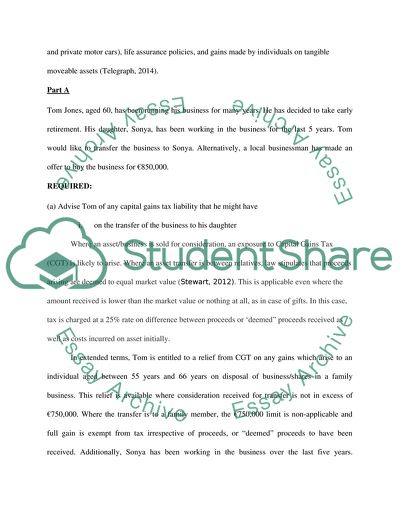Cite this document
(Taxation 2 Assignment Example | Topics and Well Written Essays - 2000 words, n.d.)
Taxation 2 Assignment Example | Topics and Well Written Essays - 2000 words. https://studentshare.org/finance-accounting/1817381-taxation-2
Taxation 2 Assignment Example | Topics and Well Written Essays - 2000 words. https://studentshare.org/finance-accounting/1817381-taxation-2
(Taxation 2 Assignment Example | Topics and Well Written Essays - 2000 Words)
Taxation 2 Assignment Example | Topics and Well Written Essays - 2000 Words. https://studentshare.org/finance-accounting/1817381-taxation-2.
Taxation 2 Assignment Example | Topics and Well Written Essays - 2000 Words. https://studentshare.org/finance-accounting/1817381-taxation-2.
“Taxation 2 Assignment Example | Topics and Well Written Essays - 2000 Words”. https://studentshare.org/finance-accounting/1817381-taxation-2.


